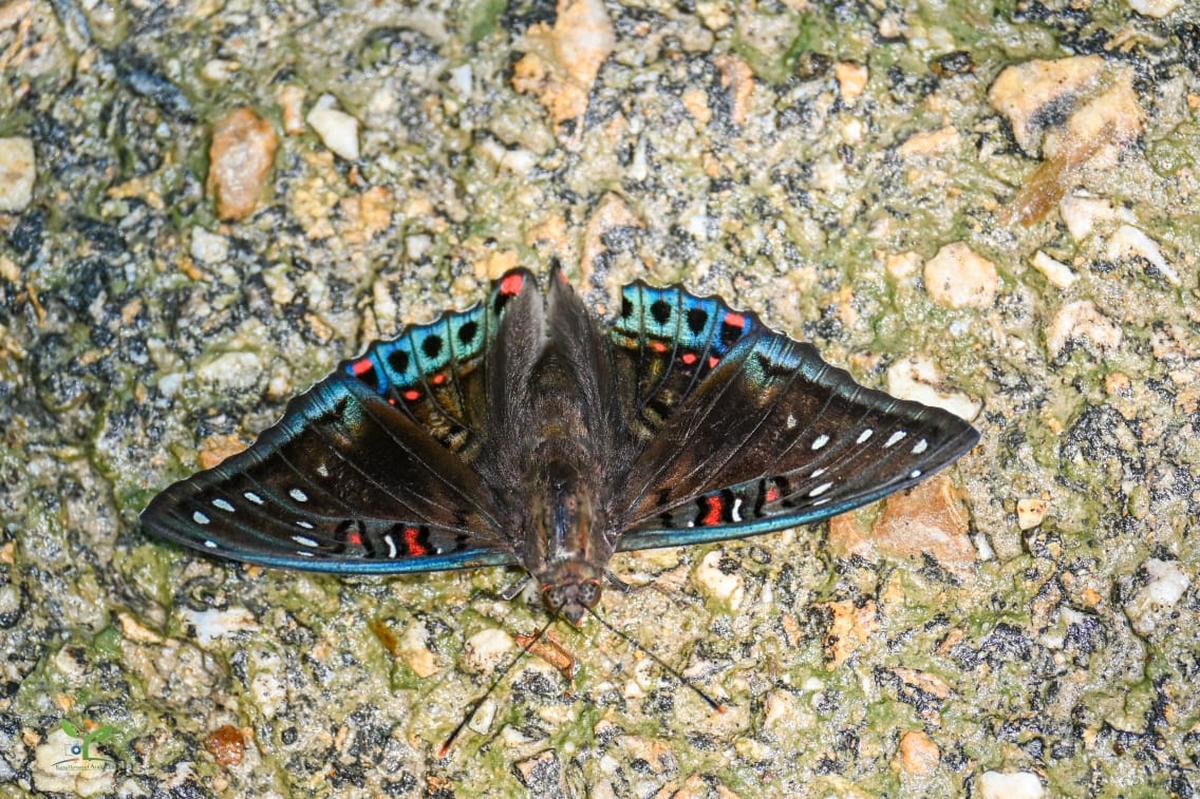India’s Butterfly Family Acquires New Member from Arunachal

Euthalia Malaccana from the Aruanchal Pradesh Leparada district was added to the butterfly family in India. |Picture source: Special arrangement
The Leparada district of Arunachal Pradesh has produced the latest member of the Indian butterfly family.
this euthalia malaccana It has long been the subject of classified debate. Initially identified as Euthalia Adonia Prior to being established as an independent species, the butterfly was found primarily in Southeast Asia and was found in northern Thailand, the Malay Peninsula and the Sunda Islands.
Its presence in India remains suspicious, with early reports raising doubts about its occurrence in the Indian subcontinent.
Photos and detailed on-site observations by citizen scientists, Arunachal Pradesh police and citizen science expert Taslima Sheikh, based in Lucknow, confirmed the presence of butterflies in the border state, thus extending its known range in the Indian-Australia region.
Their document is published in Shilap Revista de lepidopterologiaInternational Daily since 1973.
“The field survey was conducted at multiple locations including along Basar-Sago Road, with local guides assisting us in voyages in remote areas. The species was determined based on unique wing patterns,” Mr Upadhaya said.
Barsar is the headquarters of the Leparada district. Between 2023 and 2024, five people of the species are 685 meters above sea level in the region.

Euthalia Malaccana from the Aruanchal Pradesh Leparada district was added to the butterfly family in India.
Photographic evidence and external morphological characteristics cross-references with descriptions in the literature. The study marks the first confirmed record euthalia malaccana In Arunachal Pradesh, it helps to have a broader understanding phionoidea Diversity in the Northeast.
This species is characterized by blue apical spots on the anterior hole, protruding in males, while females show larger apical spots. The rear wing is decorated with red spots. These characteristics distinguish them from closely related species Lubentina.
publishing – May 20, 2025 at 07:53 AM IST




